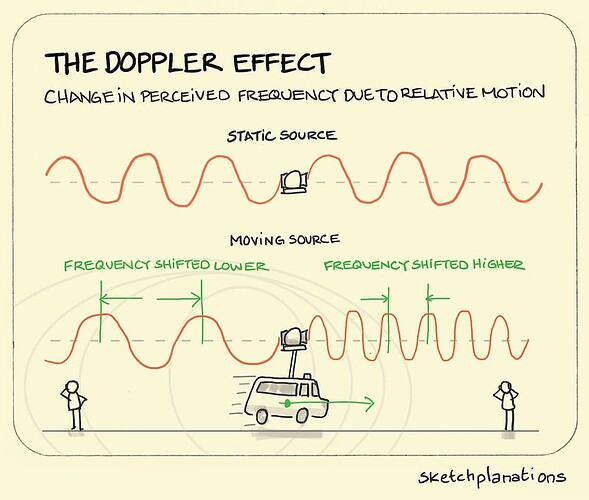How and why the Doppler Effect can impact the quality of wireless communications? ![]()
![]()
In wireless communications, the Doppler Effect is a crucial factor that affects the transmission of radio waves. When a mobile device is moving towards or away from a base station, the radio waves transmitted between them get compressed or stretched out, leading to a change in frequency.
This can cause a phenomenon known as “frequency shift”, where the received signal appears to be at a different frequency than the transmitted signal. If this shift is significant, it can cause errors in data transmission and impact the quality of the wireless connection.
To combat the effects of the Doppler Effect in wireless communications, engineers use various techniques such as adaptive modulation and coding, which adjusts the modulation scheme and coding rate based on the quality of the wireless channel. Other techniques include antenna diversity, where multiple antennas are used to receive the same signal from different angles to improve signal quality.
So, in the context of wireless communications, the Doppler Effect is an important factor that needs to be considered in the design and optimization of wireless networks to ensure reliable and high-quality wireless connectivity.
Image: Sketchplanations
LinkedIn:
